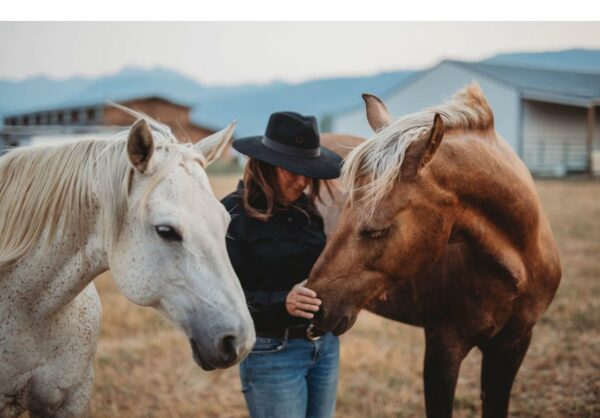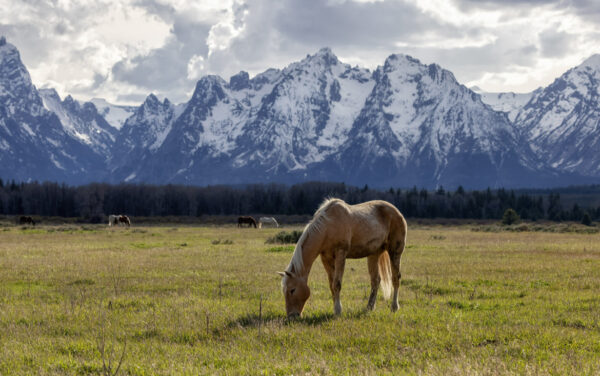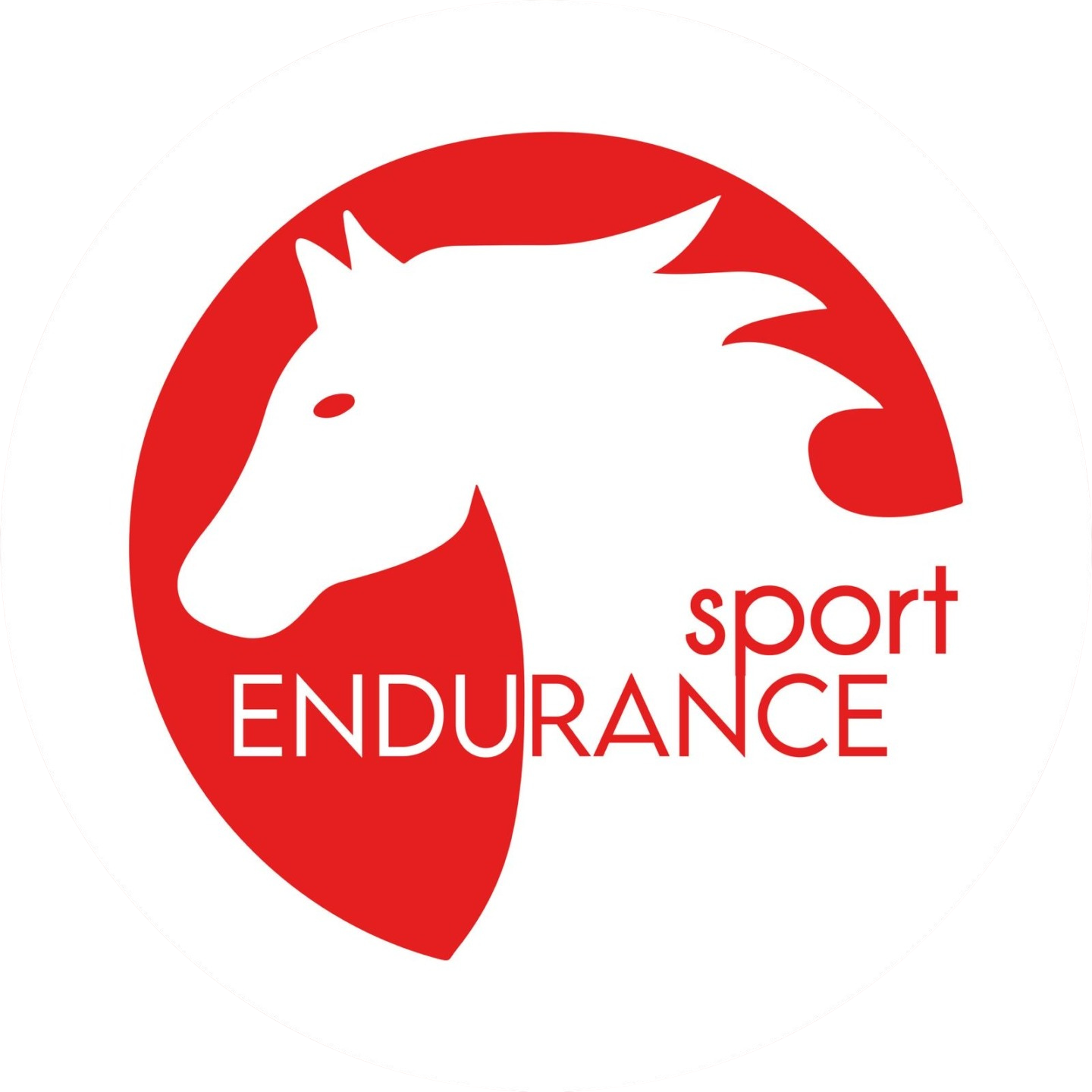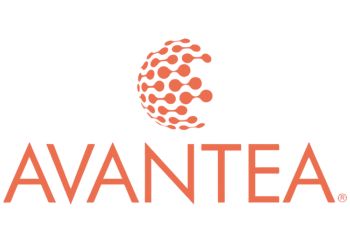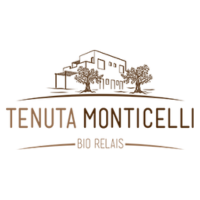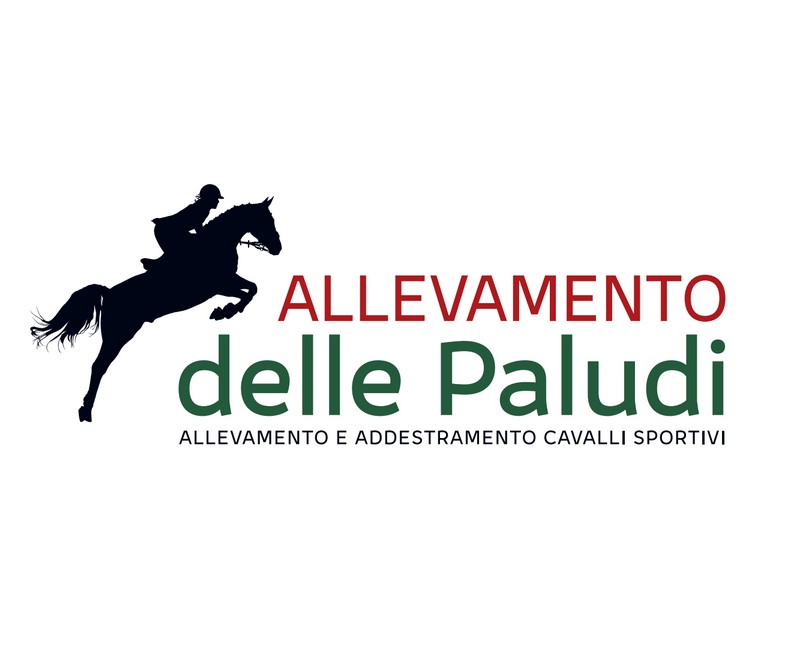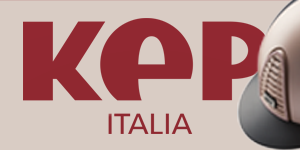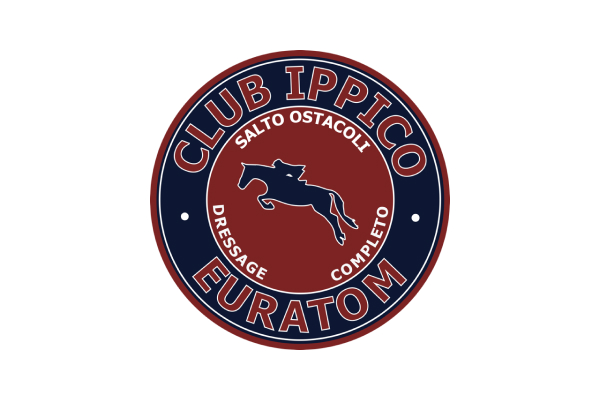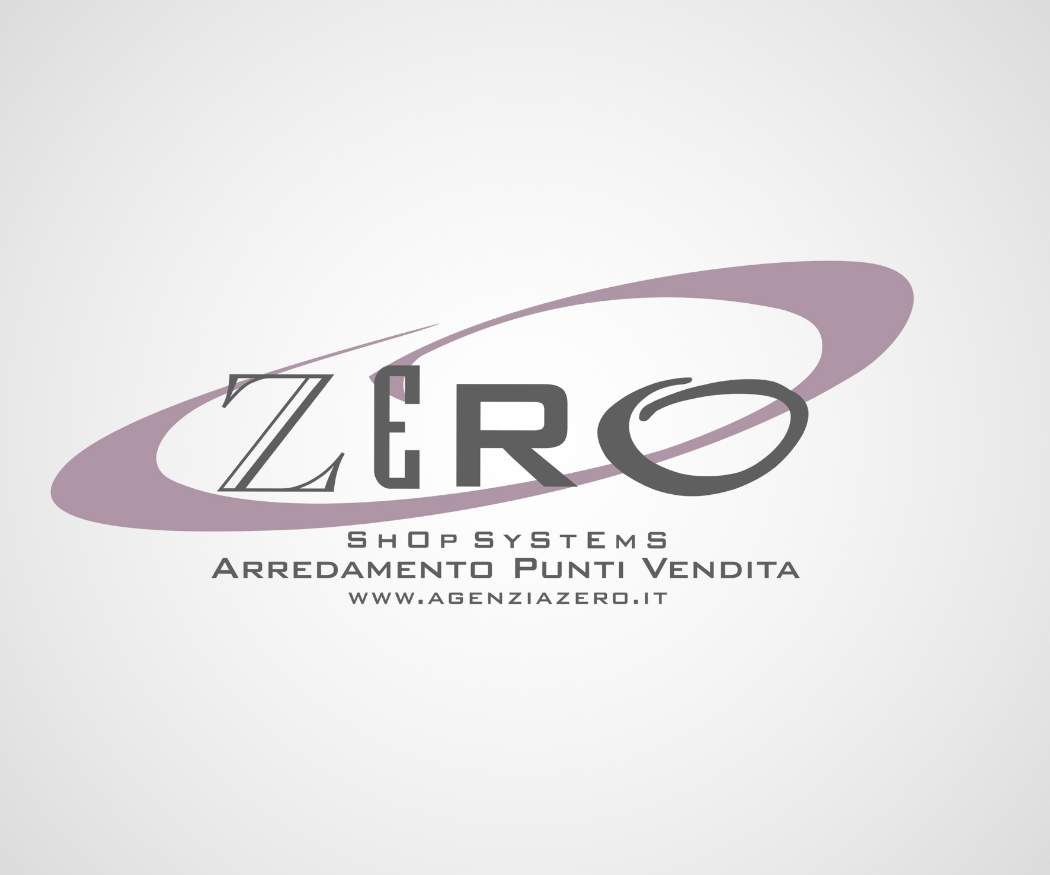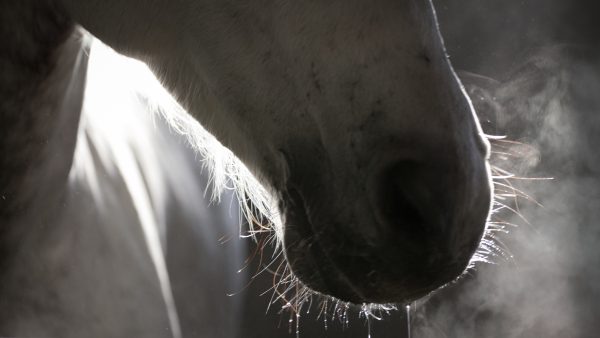
Beyond the Saddle: Riding Equine- assisted Therapy

Riding therapy, also known as equine-assisted therapy, offers a rare combination of physical, emotional, and social benefits. The horse’s movement naturally stimulates balance, coordination, and posture, while the act of riding develops concentration, self-confidence, and problem-solving skills. Horses are highly sensitive to human emotions, responding in ways that help participants manage anxiety, regulate behavior, and improve communication. Families often report that these sessions create stronger bonds and bring moments of pride, joy, and hope.
Step by Step: How Riding Therapy Works
The process of equine-assisted therapy unfolds in structured stages. It begins with approaching and grooming the horse, which fosters calmness, responsibility, and trust. Next comes groundwork, where participants guide the horse on foot, learning to communicate through body language and assertiveness. The third step is mounted work, where the rhythm of the horse’s gait stimulates motor skills, sensory integration, and balance. Finally, reflection and feedback allow children and families to connect the lessons from the stable to daily life — whether it’s patience in schoolwork, resilience in social interactions, or confidence in personal goals.
A Pioneering Project in Portugal
Building on these therapeutic foundations, the Clube Hípico do Norte (CHN) has launched “Beyond the Saddle – A Movement for Dignity and Social Inclusion.” This innovative initiative, officially presented in Esposende on September 12, 2025, will provide free access to equestrian-based programs for more than 400 children, young people, and families in Esposende, Barcelos, and Póvoa de Varzim over the next two years. By combining horseback riding with education and therapy, CHN is taking bold steps to address pressing issues such as disability, social isolation, and school failure.
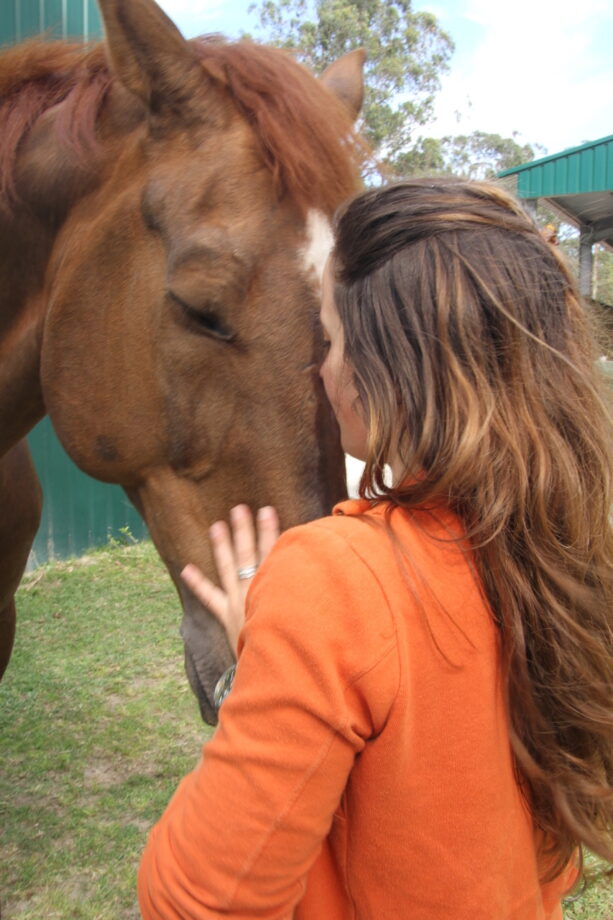
Three Programs, One Mission
The project is divided into three interconnected programs:
- Intervene to Change – therapeutic riding for children and young people with disabilities, with weekend sessions that also include families.
- Inclusive Riding in the Community – equestrian sport as a vehicle for integration, teamwork, and active citizenship, targeting young people in vulnerable situations.
- Galloping for School Success – using riding to combat poor academic performance and dropout rates, helping students stay motivated, engaged, and resilient in their studies.
Each of these programs reflects a commitment to making equestrian activities accessible and meaningful to communities that would otherwise never experience them.
More Than a Sport: A Path to Growth
“The horse is much more than a sporting animal – it is a therapeutic and educational partner.” This belief lies at the heart of the initiative. Riding teaches patience, empathy, discipline, and perseverance. Children who once felt isolated or insecure discover, through their relationship with horses, how to trust, communicate, and believe in their own potential. The benefits are not limited to the riding arena. Families report seeing improvements in concentration at school, emotional stability at home, and a greater willingness to take part in social activities. Teachers notice students who engage more actively in class, motivated by the confidence they gain in their sessions with horses.
Tackling Social Challenges Head-On
“Beyond the Saddle” responds directly to three urgent social problems: the inclusion of vulnerable children and young people, the prevention of social isolation, and the reduction of school dropout rates. Rather than treating these challenges in isolation, the project offers an integrated, sustainable solution. The horse becomes both a mirror and a mentor, encouraging participants to overcome barriers while opening doors to education, community, and belonging.

Building a Future of Inclusion
For the Clube Hípico do Norte, this initiative is part of a long-standing mission. Since 2010, CHN has been running social programs that bring equestrian activities to children and young people in vulnerable situations. With Beyond the Saddle, the organization seeks not only to strengthen that work but also to create a replicable model that can inspire similar initiatives across Portugal. “If, after two years, children remain in school, families feel more connected, and young people face the future with confidence, then something extraordinary will have been achieved. This is not just about riding – it is about dignity, inclusion, and hope.”
Valentina Sozzi – Ph: CHN
© Rights Reserved.





.png)
